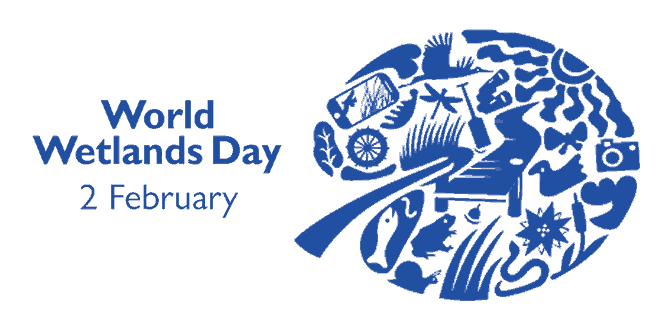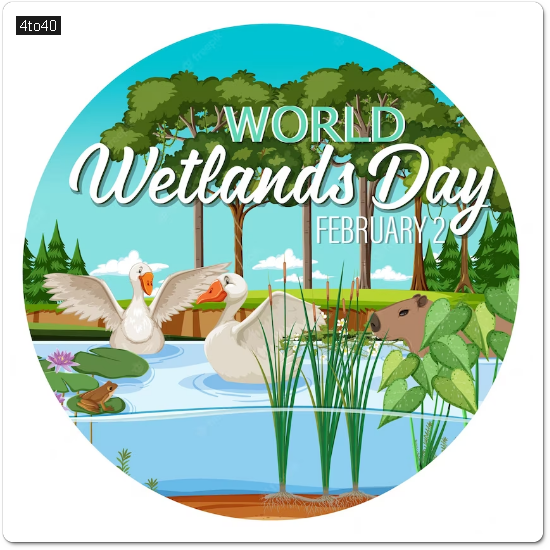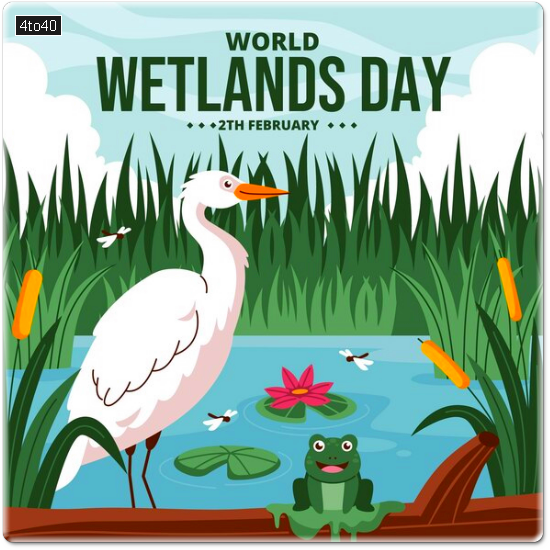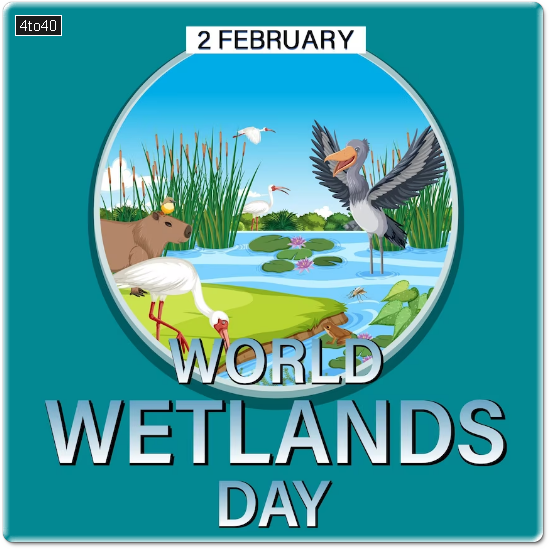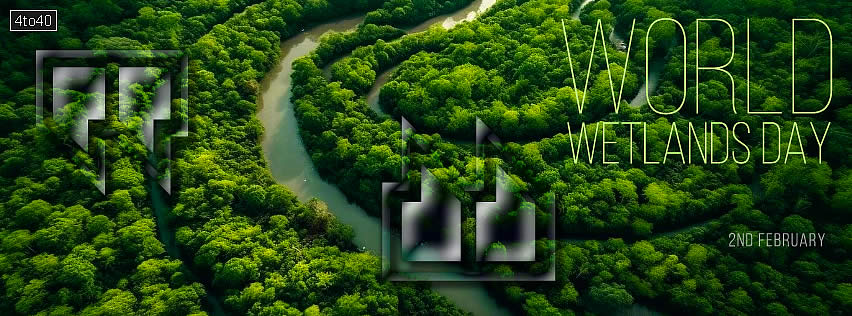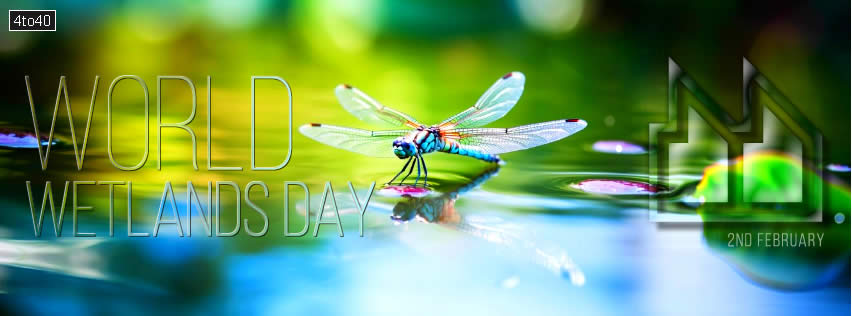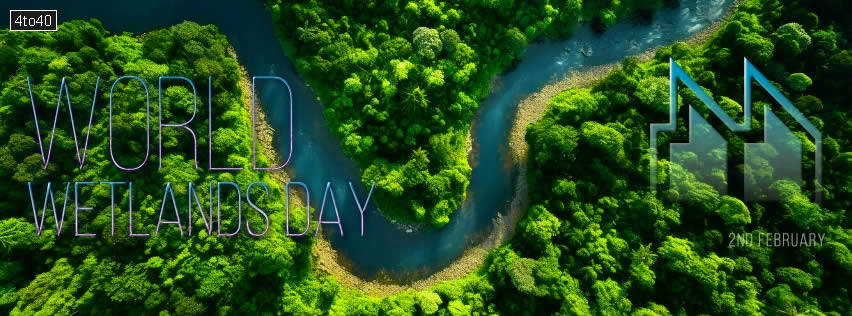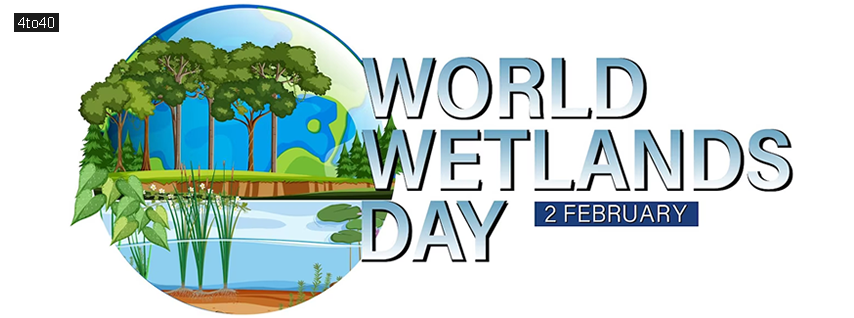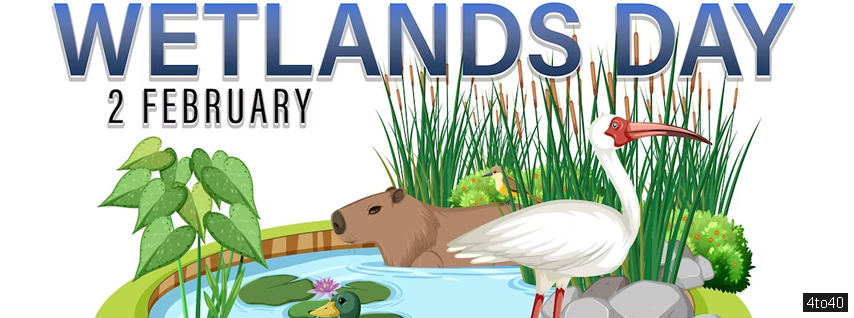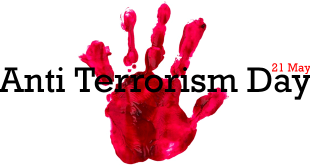World wetland day is celebrated every year all across the world to commemorate the Convention on Wetlands means the Ramsar Convention which was held on 2nd of February in 1971 in the city of Ramsar, Iran at the Caspian Sea coasts. It was started celebrating for the first time in the year 1997.
Wetlands and Water:
This year’s theme shines a spotlight on wetlands as a source of freshwater and encourages actions to restore them and stop their loss.
We are facing a growing freshwater crisis that threatens people and our planet. We use more freshwater than nature can replenish, and we are destroying the ecosystem that water and all life depend on most – Wetlands.
The 2021 campaign highlights the contribution of wetlands to the quantity and quality of freshwater on our planet. Water and wetlands are connected in an inseparable co-existence that is vital to life, our wellbeing and the health of our planet.
World Wetlands Day:
2 February each year is World Wetlands Day to raise global awareness about the vital role of wetlands for people and our planet. This day also marks the date of the adoption of the Convention on Wetlands on 2 February 1971, in the Iranian city of Ramsar on the shores of the Caspian Sea.
Wetlands:
Wetlands are land areas that are saturated or flooded with water either permanently or seasonally. Inland wetlands include marshes, ponds, lakes, fens, rivers, floodplains, and swamps. Coastal wetlands include saltwater marshes, estuaries, mangroves, lagoons and even coral reefs. Fishponds, rice paddies, and saltpans are human-made wetlands.
How you can get involved:
Join us as: an event organizer, educator or participant
- Organize an event
- Organize a webinar, zoom conference or open day at a Wetland Centre or Wetland of International Importance.
- Invite wetland experts to explain the role of wetlands for freshwater
- Hold an exhibition to present and show case arts or photographs about wetlands.
- Organize a community walk, bike or run for wetlands.
- Plan a wetland clean-up day.
- Organize a photo or essay competition.
- Visit a Wetland of International importance in your country.
- Raise public awareness
- Share the outreach materials on your website, social media, newsletters or bulletin boards etc.
- Use the InDesign files to create your own materials such as T-shirts, Caps, Banners, etc.
- Translate the information materials provided into your own language.
- Write a blog or article in your local paper.
Organize a classroom discussion
- Get students to think about how wetlands naturally help us cope with climate change.
- Hold a discussion on why wetlands continue to be degraded around the world and what actions are necessary to stop this loss.
- Organize a quiz about the different types of wetlands. Use the exercise to highlight the other multiple benefits of wetlands to people such as providing water, source of livelihoods.
- Organize a coloring competition for children.
- Play our memory game as a family or as a classroom activity.
World Wetlands Day: Date
- 2025: 02 February, 2025 [Sunday]
- 2026: 02 February, 2026 [Monday]
- 2027: 02 February, 2027 [Tuesday]
‘Ameenpur Utsav‘ was celebrated at Ameenpur Lake, Hyderabad on the occasion of World Wetlands Day. In 2016, the government of Telangana declared the lake as Biodiversity Heritage Site which is the only biodiversity site in the country. The celebration started at 09:30 AM on 02nd Feb. and included various competitions like drawing & painting, singing, speech, and dramas.
Manipur also observed the World Wetlands Day at Sendra, Bishanpur District. A painting competition was organised where more than 100 students from various schools participated in the event. The winners of the competition were given rewards of Rs. 3000, 2000 and 1000 for the first, second and third position respectively along with the participation certificates.
Children from the city of Tshwane, South Africa celebrated the day at Colbyn Wetland Nature Reserve. There were around 200 children who visited the reserve and learned more about the importance of wetlands and how it protects us from global warming and climate change.
How It Is Celebrated?
It is celebrated by gathering together with common people, government agencies, NGOs, non-government organizations and people of all the community to enhance the public awareness towards the significance of wetland. To celebrate this event, variety of programs like seminars, lectures, nature walks, sampan race, poster exhibitions, video films screening, slide shows based on the wetland, art and quiz competitions, painting competition, photography exhibition, community cleanup, interviews on radio and television and etc takes place at the national level at many places. Various other new wetland policies and new Ramsar sites gets launch at this day.
Why It Is Celebrated?
The Ramsar Convention offers an international structure in order to globally support the conservation and sustainable management of the wetlands. It is celebrated to make aware the public, discus the value of wetlands, its beneficial aspects as well as to promote its conservation and use for enhancing the overall level of the human health, growth and development. The event celebration plays a great role in making the healthy wetlands in order to deliver the worth ecosystem service to benefit the common people. The demands of water required for growing crops, energy supply and various needs of the industry are also focused during the celebration. It is celebrated to promote the proper use of wetlands and their resources.
World Wetlands Day Celebrations In India:
World Wetlands Day is celebrated every year in Ahmedabad, India by organizing several activities involving both children and adults.
It is also celebrated at the WWF-India Secretariat, New Delhi to promote the common people understandings about the importance of link between wetlands and water as “without water there will be no wetlands – and without wetlands there will be no water!”.
It is also celebrated in the Jammu and Kashmir, at Mansar Wetland (a Ramsar site) with the involvement of the Department of Wildlife Protection and Department of Environment and Remote Sensing. The event is celebrated by organizing a symposium (related to event) in the presence of Honorable Minister of State for Forests, Environment and Ecology. The event is celebrated by the participation of school students, conservationists, members of panchayat, academicians, scientists and common masses.
WWF-India organizes a full day program at Asan Barrage, Dehradun, run by schools students, in association with the Samvedi and Chakrata Forest Division and Uttarakhand Forest Department.
WWF-India organizes program for school students (quiz and painting competitions) in Himachal Pradesh in association with the State Council for Environment Science and Technology and Wildlife Wing, Himachal Pradesh Forest Department.
It is also celebrated at various places in India such as Harike (a bird sanctuary in Punjab and a Ramsar site), Surajpur wetland (Gautam Budh Nagar, Uttar Pradesh), Bharatpur (Keoladeo National Park), Hastinapur Wildlife Sanctuary (Uttar Pradesh) and etc.
Greeting Cards
World Wetlands Day Themes:
The themes of the World Wetlands Day celebrations are listed below:
- 1997: Benefits of Wetlands to the Human Population
- 1998: Conserving wetlands to ensure availability of clean water for all
- 1999: People and Wetlands: the Vital Link
- 2000: Celebrating Our Wetlands of International Importance
- 2001: Wetland world – A world to discover!
- 2002: Wetlands: Water, Life, and Culture
- 2003: No wetlands – no water
- 2004: From Mountains to the Sea – Wetlands at Work for Us
- 2005: Cultural and biological diversity in wetlands and slogan: There’s wealth in wetland diversity – don’t lose it
- 2006: Wetlands as a tool in poverty alleviation
- 2007: Fish for tomorrow?
- 2008: Healthy Wetlands, Healthy People
- 2009: Upstream-Downstream: Wetlands connect us all
- 2010: Wetlands, Biodiversity and Climate Change
- 2011: wetlands and forests – forests for water and wetlands
- 2012: Wetlands and Tourism
- 2013: Wetlands take care of water
- 2014: Wetlands and Agriculture
- 2015: Wetlands for Our Future
- 2016: Wetlands for our Future: Sustainable Livelihoods
- 2017: Wetlands for Disaster Risk Reduction
- 2018: Wetlands for a Sustainable Urban Future
- 2019: Wetlands and Climate Change
- 2020: Wetlands and Biodiversity
- 2021: Wetlands and Water
- 2022: Wetlands Action for People and Nature
- 2023: It’s Time for Wetlands Restoration
- 2024: Wetlands and Human Wellbeing
- 2025: Protecting Wetlands for Our Common Future
Facebook Covers
5 more Indian wetlands added to Ramsar list:
Five more Indian wetlands have been added to the global list of wetlands of international importance under the Ramsar Convention.
Of the five wetlands added to the Ramsar list, Magadi Kere Conservation Reserve, Ankasamudra Bird Conservation Reserve, and Aghanashini Estuary are in Karnataka and Karaivetti Bird Sanctuary and Longwood Shola Reserve Forest are in Tamil Nadu.
Magadi Kere Conservation Reserve:
- Nestled in Karnataka, India, the Magadi Kere Conservation Reserve is a haven for nature enthusiasts. This protected area is renowned for its diverse birdlife and lush biodiversity. Its serene landscapes and tranquil ambiance make it a perfect retreat for those seeking to connect with nature.
Ankasamudra Bird Conservation Reserve:
- The Ankasamudra Bird Conservation Reserve is a sanctuary located in Karnataka, India, revered for its role in safeguarding avian species. This reserve is celebrated for its commitment to preserving the natural habitat of numerous bird species, offering a sanctuary where these winged creatures can thrive undisturbed.
Aghanashini Estuary:
- The Aghanashini Estuary is a coastal treasure nestled in Karnataka, India, where the Aghanashini River meets the Arabian Sea. This estuarine ecosystem is renowned for its rich biodiversity, serving as a vital habitat for various species of flora and fauna. Its pristine waters and mangrove forests create a unique environment that supports a wide array of marine life.
Karaivetti Bird Sanctuary:
- The Karaivetti Bird Sanctuary is a haven for avian enthusiasts located in Tamil Nadu, India. This sanctuary is renowned for its diverse birdlife, drawing birdwatchers and nature lovers alike.
Longwood Shola Reserve Forest:
- The Longwood Shola Reserve Forest is a pristine natural sanctuary nestled in the Nilgiri Biosphere Reserve of Tamil Nadu, India. This ancient forest is famed for its unique shola-grassland ecosystem, characterized by undulating hills, dense shola forests, and lush grasslands.
 Kids Portal For Parents India Kids Network
Kids Portal For Parents India Kids Network
